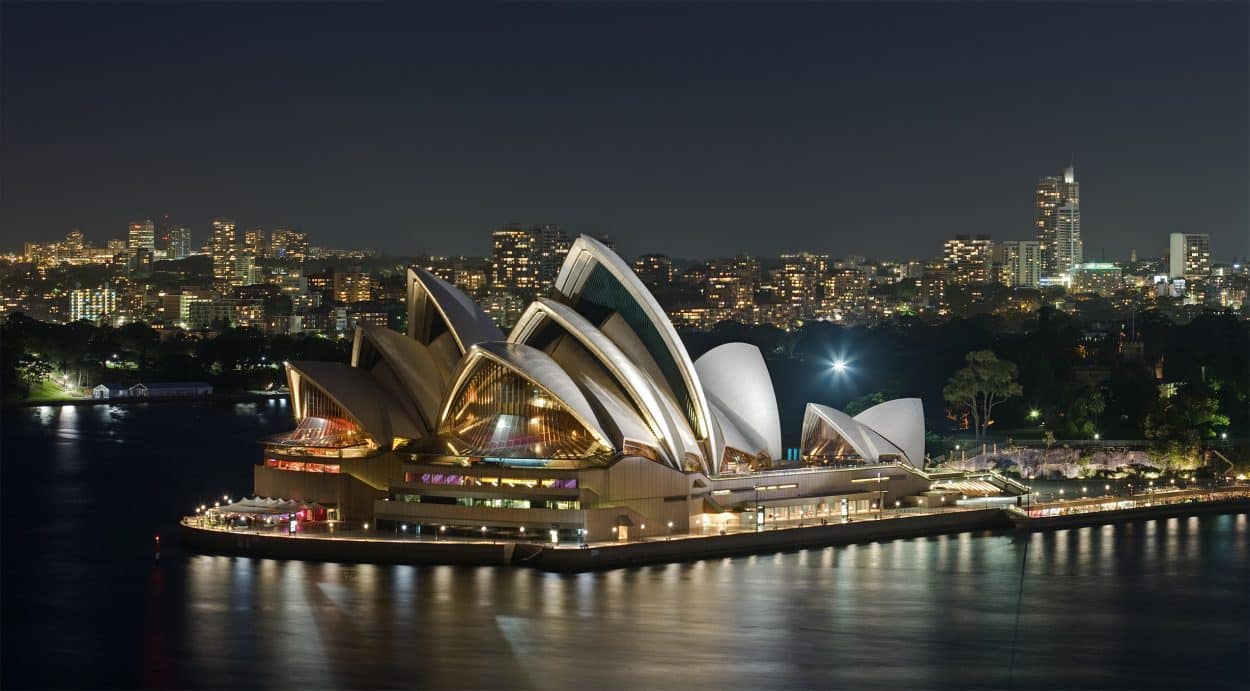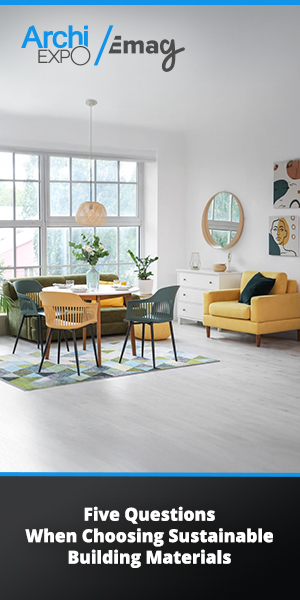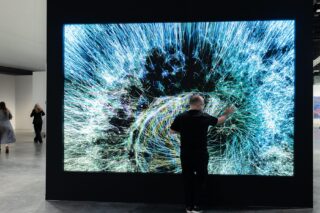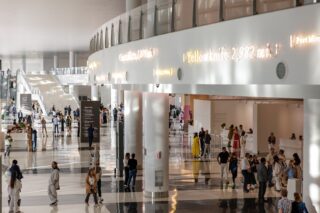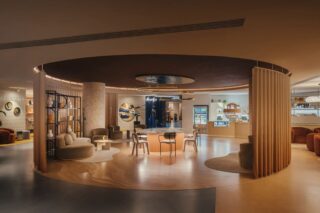If there’s one thing that David Claringbold knows, it’s sound. The current chief marketing officer of the German d&b audiotechnik and former Technical Director of the Sydney Opera House has been making his living with sound in the built environment since the 80s. After that long in an industry, you start to have some thoughts about how things might look in the future. Claringbold’s lecture at the 2017 Pro Light + Sound Conference in Frankfurt, entitled Sound Futures was about just that.
First, we go back to Stonehenge. It looks the way it does because that shape increased the acoustic resonance for chanting. Temples and later churches and cathedrals were designed with a similar purpose. Around 1600, European rulers started to commission concert halls and opera houses. This one building, one purpose has given us innumerable jewels, architectural and acoustic.
But in the 21st century, “the model is no longer linear,” says Claringbold. City councils and other investors “are demanding buildings that are adaptive”. Our ceremonies remain roughly the same but the places where they happen are increasingly expected to be interchangeable.
For Claringbold, this is no bad thing.
“We need to be able to imagine a future where one room can be many rooms and are all serviced by a singular system that not only has great acoustic properties but is also integrated into the building.”
So why then, the outsized emphasis on the visual in our modern lives? “It’s not that sound doesn’t matter,” explains Claringbold, “it’s just that we haven’t really been able to communicate a value proposition effectively. We haven’t been having the conversations at the right time.”
In the context of the built environment, there are all sorts of audio tricks that can compensate for less than optimal spaces and acoustic situations, but there is a much higher chance of a positive outcome if sound is part of the design process from the beginning.
“What we want to do is make new dimensions in creativity possible, not to be a bulky intrusion in the visual space.”
“What we want to do is make new dimensions in creativity possible, not to be a bulky intrusion in the visual space,” says Claringbold. A gallery can be transformed in a concert space or meeting room without loads of speaker boxes marring the visual line.
Even more exciting is how new technology could have all this happen automatically. “Imagine people go into a room and the sound technology automatically understands how many people are there, what kind of sound they need and adjusts the reverb to suit.”
Visitors at the d&b stand caught an insight into the future, learning more about the brand’s Soundscape technology – creating landscapes in sound. Scheduled for release by the end of the year, Soundscape will allow designers to work with multidimensional source placement, acoustic room simulation and signal processor capability in a single frame.
Controlling sound at the source instead of patching it up after the fact is also a fundamental part of d&b’s work in the outdoor space. NoizCalc, a tool already on the market, is designed to manage unwanted sound bleeding from open-air concerts. Taking care of neighbours reduces complaints and improves the experience for everybody. Watch the video tutorial here.
“Technology should be an enabler,” says Claringbold. “Not a barrier.”
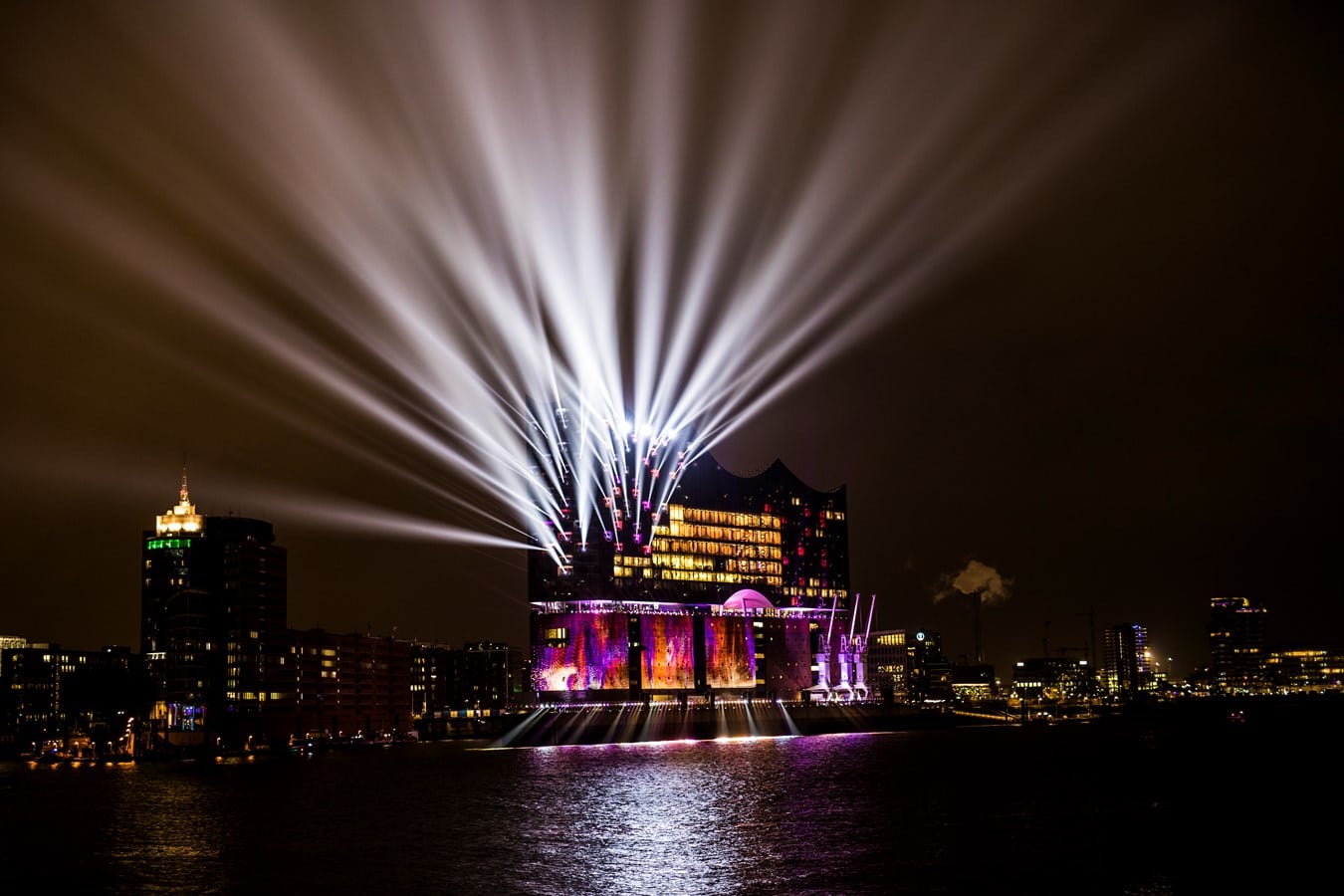
Hamburg’s new concert hall is said to be one of the largest and most acoustically advanced in the world. Find out more in our next issue.
